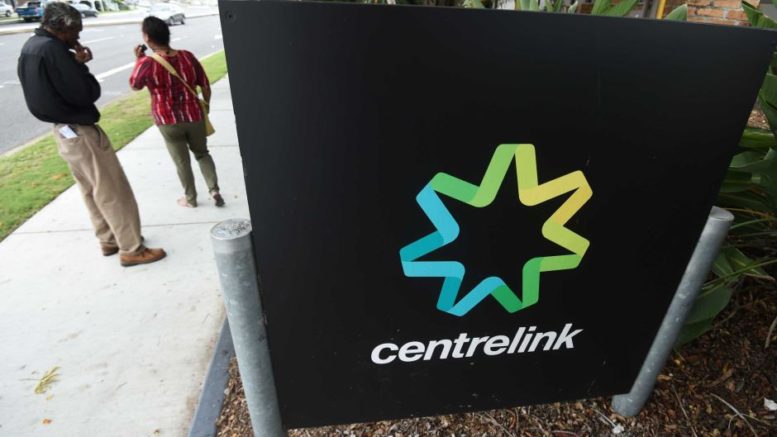Contributed by a Centrelink victim
There is no let up on Centrelink’s attacks on the innocent. On 18 January, the story of the suicide of Rhys Cauzzo broke. It was first published by The Saturday Paper. The Pen also published the story.
Centerelink’s response was that Rhys’s debt had not been made by the robo-debt system, but raised manually, as if this makes it all right, and that a $27,603.39 debt had been turned over to Dunn and Bradstreet to chase up.
Centrelink had alleged that Rhys had been overpaid. On 2 March, minister Alan Tudge’s office issued a media release implying Rhys had lied to Centrelink and justified the public disclosure of private matters in this context. The issues were not whether some debt was due, but the size of it and the handling of the case, especially when Centrelink was aware that Rhys has mental health issues that were likely to be aggravated by heavy handed action.
“Where a person makes a false public statement about their dealings with the Department of Human Services, whether through the media or otherwise,” it said, “social security law and family assistance law enables the Department to disclose customer information to the extent that it is necessary to correct factual inaccuracies or potentially misleading information.”
No evidence a false statement has ever been produced.
A week later, private information about blogger journalist Andie Fox was given to Fairfax journalist Paul Malone.
These are the two best known cases. Many others have been pressured in some way too and continue to be so.
Andie’s case caused a furor. But it succeeded in delivering the message that if you stand up, Centelink will punish you, with the backing of the department, minister and ultimately the government.
The immediate likely purpose is to silence victims into not talking to the Senate inquiry, where it is already clear that advocacy groups find themselves compelled to speak for victims who are too scared to come out openly. The bullying is also aimed past this, to make it the standard to protect the government’s and Centrelink’s own interests and policy, regardless of morality, the harm it might cause, and arguably, in breach of the law. So far it has done so with impunity and is only being held back temporarily by the strength of public opinion and scrutiny from the Senate.
The deliberate use of intimidation by government is a threat not only to the rights of those on Centrelink payments. It threatens everyone and this is a good enough reason to resist.
The brutality of the Centrelink crackdown, its inaccuracy and dogged persistence to continue in the same way has caused growing public disquiet. Sympathy for the plight of Centrelink recipients has with it and the government has branded itself as heartless. Polls showing that more than half of Australians feel that more should be spent on social security provides evidence of this.
Mishandling of the Centrelink robo-debt issue and other Centrelink controversies is a major contributor to turning the government on the road towards being the most hated in Australian history.


Be the first to comment on "Centrelink uses intimidation to impose the government’s will"